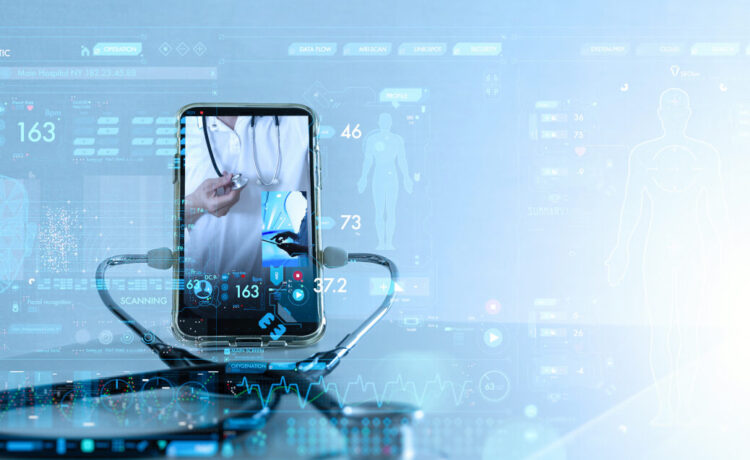Following the pandemic, most clinical research organizations have adopted measures that can accelerate and improve their remote clinical trial monitoring processes. As such, remote access to Veristat online monitoring platforms is a crucial element of the trial process and is vital for connecting a clinical research organization, sponsors, and the research site. Clinical research organizations must ensure that the research site conducts the trials as per the protocol. Reputable CROs are continually keeping track of the standard procedures and regulatory requirements. Here are some of the ways clinical trials benefit from remote monitoring.
Efficient communication between the sponsor and the study site
Remote monitoring is made possible by technology systems that allow seamless communication. These systems have essential dashboards, notifications, email push messages, and in-app messages. All these features ensure reduced communication delays since all the Veristat research processes and conversations are all in one place. It also ensures that processes are easily approved between hierarchies.
It improves remote site access
Before adopting remote monitoring, site monitoring was done through documents and data. Onsite site visits take a lot of time since it involves setting up visits, preparing physical documents, reserving rooms, and going through large documents. That time would rather have been used on other tasks on site. Remote clinical trial monitoring is built on a platform that keeps the study moving forwards by making access to the monitor, easing data exchange, and consuming less time. There is no time wasted exchanging documents between the monitor and the site since they have access to every information.
It avoids disruption and better use of physical space
Physical monitoring requires a lot of coordination with follow-up from the clinical officer on site, and there must be space allocated to the physical monitor. Most study sites have a lot of room allocated to physical monitors. As such, this space would be better used for other purposes. Physical spaces are very important to any healthcare provider, so minimizing the space taken by the monitors is a great win. Remote monitoring requires less space and less personnel disruption, and there is no need for physical site visits.
Gives you control of how research teams access patient data and speed up the trial
Remote trial monitoring platforms make it easy for study sites to control who has access to study documents even if the sponsors pay for the solutions. This ensures that the study sites control how much the monitors are allowed to see and what they can do with the information. The study site can also accommodate two time zones since the monitoring can be allowed to take place outside working hours. This allows less disruption on the monitor ends since nothing is added to the system outside working hours and saves time. When it comes to time spent running clinical trials, remote monitoring reduces the need for travel and even eliminates communication delays. All these factors are put together to speed up the overall trial period.
Remote monitoring is one of the best things to happen to clinical trials. It helps save the study site on physical space and speeds up the whole trial process.













